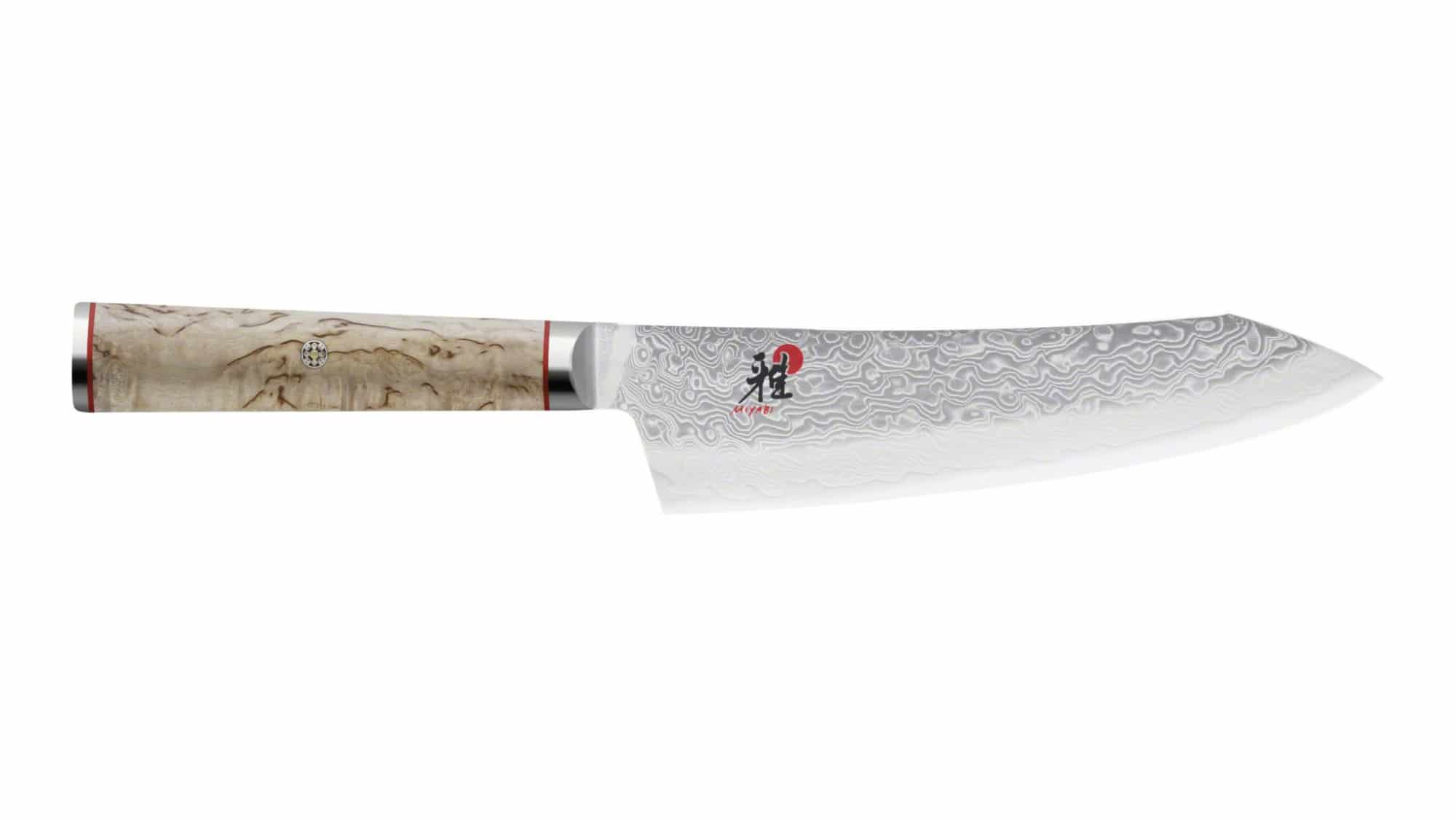Miyabi knives are well known for their fine-caliber and excellent craftsmanship. They have a reputation for lasting generations. Even taking proper care of them is itself an art.
Many people believe that honing is enough to take care of a knife. However, that’s not true. It merely straightens the knife edge. On the other hand, sharpening is an absolute necessity nothing can replace in knife care. To keep Miyabi knives in their best condition, you must know how to sharpen them at home.
Why Should You Sharpen Miyabi Knives?
Sharpening a Miyabi knife is as critical as any other knife, or maybe even more.
In addition to keeping them quick and acute, it allows you to cut perfect shapes to make your food appealing. Sharpening Miyabi knives also increases longevity.
Besides, a dull knife is more dangerous and unpredictable. You can never know when it might slip and cut your hand.
So, if you love your fingers, you probably should never skip the sharpening day!
When Should You Sharpen Miyabi Knives?
Experts recommend sharpening the knife soon after taking it out of the box. In addition to that, we advise setting a sharpening day for Miyabi knives every few months.
Don’t wait for the blade to go too dull to sharpen it. Instead, sharpen it every few months while they are still working reasonably. The more you wait, the more time and effort it will take.
How Should You Sharpen Miyabi Knives?
First of all, if you usually don’t sharpen knives, you should practice on a lower-quality knife. Nobody wants anything to happen to their traditional Miyabi knife! Check our full Miyabi knives review.
Using Whetstones
Whetstones are your best friend when sharpening Miyabi knives. They are the most common and efficient knife sharpening tool. To properly sharpen Miyabi knives with a whetstone, all you have to do is to follow these steps:
- Before starting, soak the whetstones in water for up to 5 minutes. Wet sharpening stone functions better. Keep it moist throughout the process, and don’t remove the dirty fluid produced during the sharpening.
- Put the wet stone over a base to raise it slightly. A wooden one is to be preferred. Using a base is crucial to protect your hands and knuckles from scratches. You should not skip it.
- Align your knife. Grasp the knife handle firmly with your hand and place the blade at an angle of 10-20 degrees from the stone.
- Perform uniform movements when sharpening. Once you have appropriately aligned it, apply pressure on the blade with your other hand. Now starting from the tip, push the knife blade against the stone and make consecutive up and down movements until you see a burr forming on the knife. Do not place your fingers directly on the sharp knife edge, or else you can get a cut.
- Flip the knife over to the other side and continue the same up and down movements. Alternatingly sharpen both sides until you are satisfied with the burr formed.
- Don’t forget to remove the burr after every grind. You may use a cloth to remove it or hold it under running water and dry it afterward.
Using a Knife Sharpener
There is a faster and easier way to sharpen Miyabi knives; you can use a Miyabi knife sharpener. You should follow these steps while sharpening your Miyabi knife with a sharpener:
- Set the knife sharpener on an even surface.
- Hold the sharpener handle with one hand. Position the Miyabi knife vertically onto the desired module with your other hand.
- Starting from the heel, apply light pressure to move the knife blade up and down.
- Repeat this motion several times.
Conclusion
Miyabi knives are traditional Japanese knives that can last for up to a century if you take regular care of them. Using this guide, you’ll be able to sharpen your Miyabi knife in six easy steps. Now that you know how to properly sharpen Miyabi knives at home, you’ll be able to make them last.

Gary Portman is the founder and main author of Knivesadvice.com. With his extensive knowledge and experience, he is committed to assisting people in choosing the perfect knife for their needs. Through his articles, Gary shares valuable insights on various aspects of knives. With his expertise, readers can make informed decisions and find a knife that is tailored to their preferences and requirements. You can find more info about Gary here.

